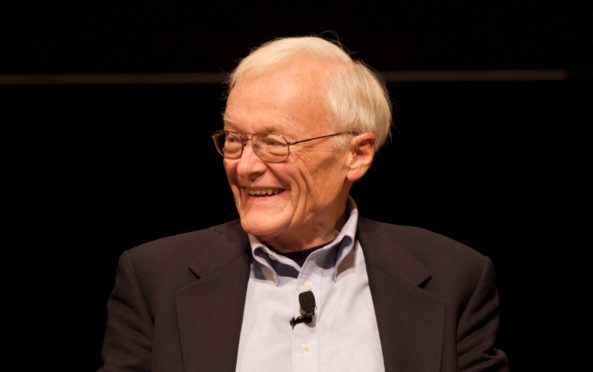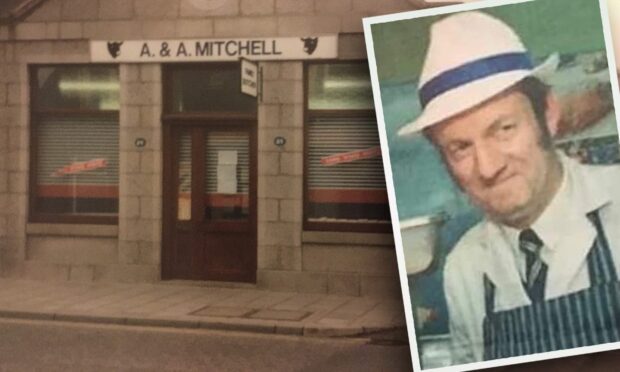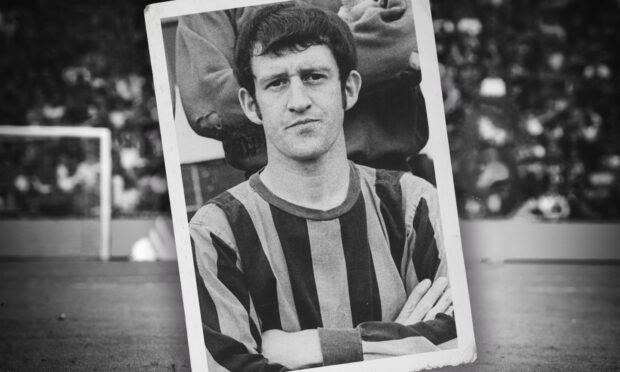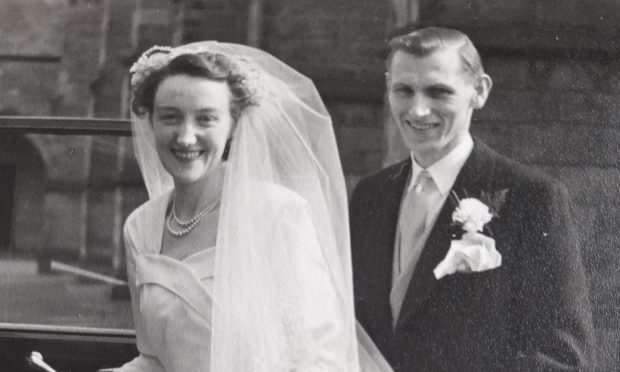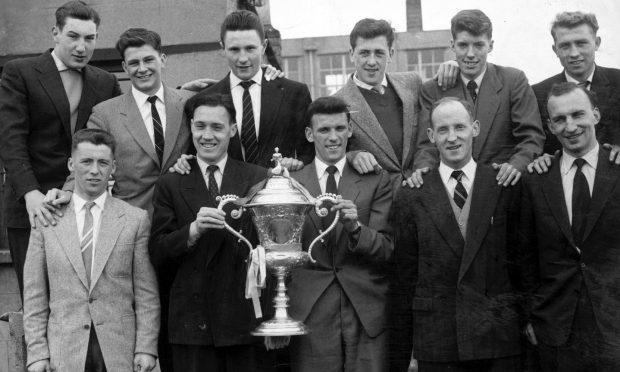Many people will have experienced the results of William English’s handiwork at least once in their lives.
The device he helped create is a mainstay in offices, businesses and homes throughout the world.
But despite the immediate interest in his project from the science community, it took many years before the computer mouse became popular in the mainstream.
Born in Kentucky in 1929, William English studied electrical engineering at university then joined the US Navy.
In the late 1950s he joined the Stanford Research Institute – now called SRI International – where he met fellow engineer Douglas Engelbart.
At that time, computers were a strictly text-based affair, requiring punch cards to print out sheets of data.
But Mr Engelbart had bigger ideas – dreaming of on-screen images and the ability to select symbols and pictures, rather than just text.
Using only a rough sketch of Mr Engelbart’s, Mr English built the first prototype computer mouse in 1963.
Housed in a wooden case with a small button on top, it contained two wheels which would turn to let the computer plot X and Y co-ordinates onscreen.
Questions remain over how the device got its name – with one popular theory linking it to the cursor, known as a Cat, and how it was “chased”.
The project won a grant from Nasa and the “x,y position indicator for a display system” was later awarded a patent.
Mr English debuted his creation to the world in 1968 at an event he described as “The Mother Of All Demos” – and which has been regarded since as a pivotal moment in computing history.
During his 90-minute demonstration, the inventor showcased word processing, video conferencing and hypertext – a form of link common on the modern internet.
This use of a mouse helped to pioneer graphical user interfaces on computers, where users can click on icons and images rather than simply selecting plain text.
Mr English left Stanford in 1971 to work at Xerox, where he developed a trackball-style mouse and contributed to the Alto computer.
This in turn helped to inspire the likes of the Apple Macintosh and Microsoft Windows.
Since then, the mouse has evolved from requiring a ball to one with a laser, and has universally been adopted as one of the best devices for navigating computers.
The inventor died aged 91 in San Rafael, California, on Sunday, July 26.
Mr English – who was often referred to as Bill rather than William – first married Patrician Dickson, but they later divorced.
He is also survived by his second wife, Roberta Mercer, who he met at SRI.
He had two sons from his first marriage, a step-daughter and a grand-daughter.
